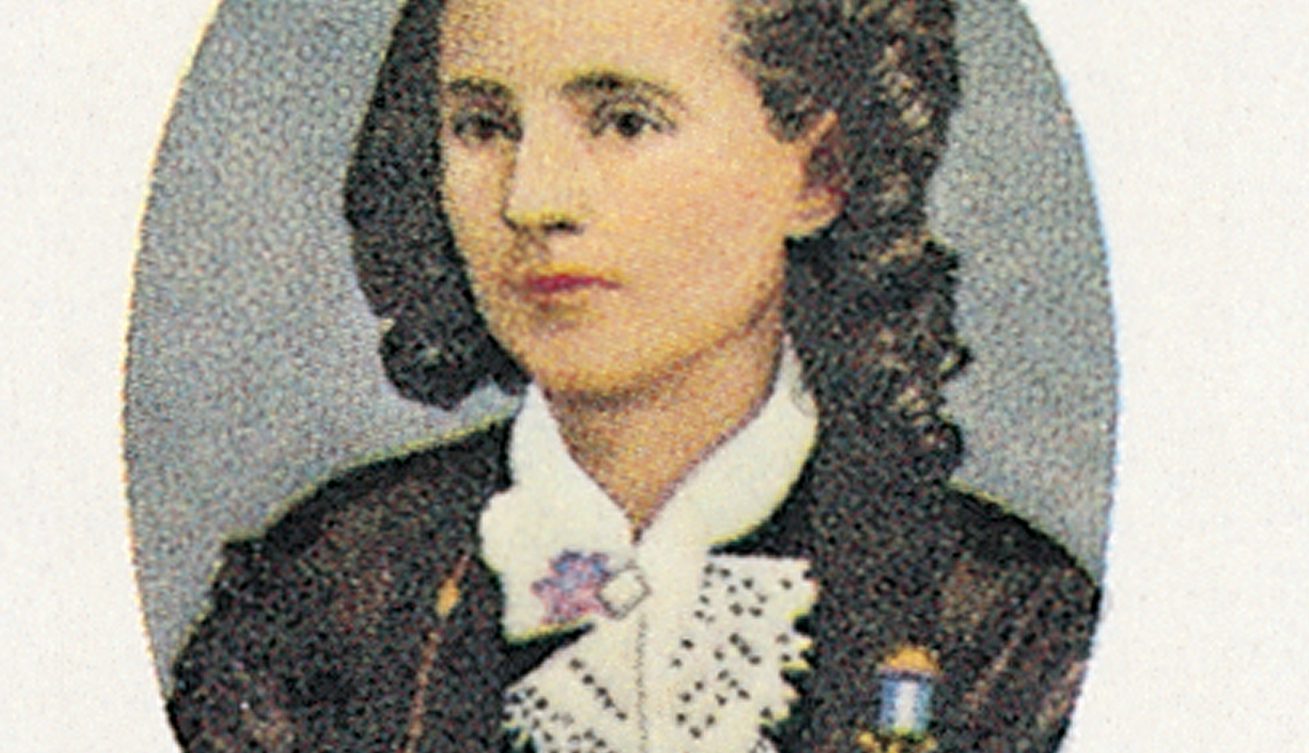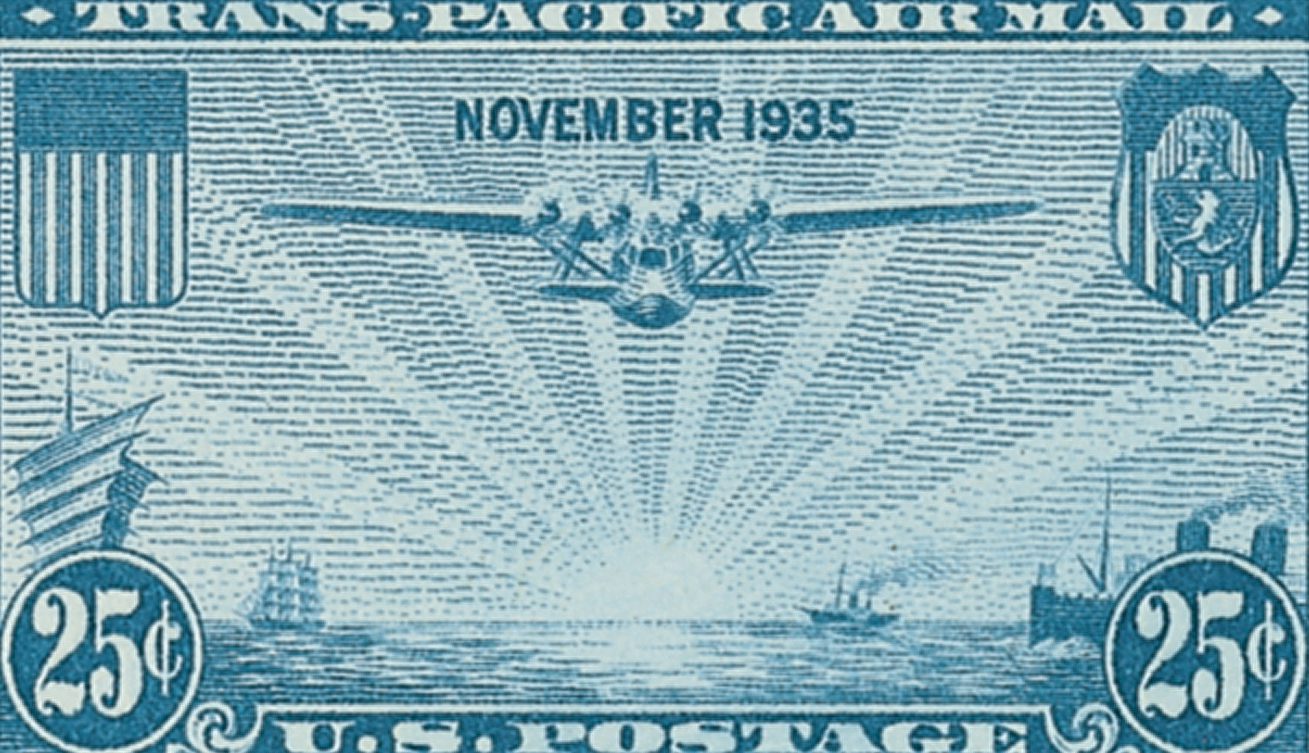First U.S. Savings Stamp
On November 30, 1954, the Post Office Department issued its first Savings Stamp, #S1. The savings stamps program was created to encourage savings and thrift among American schoolchildren.

On November 30, 1954, the Post Office Department issued its first Savings Stamp, #S1. The savings stamps program was created to encourage savings and thrift among American schoolchildren.

On November 27, 1945, Cooperative for American Remittances to Europe (CARE) was formed. Initially established to aid Europeans in the wake of WWII, it’s still in operation today, helping over 250 million people.

Civil War surgeon Mary Edwards Walker was born on November 26, 1832, in Oswego, New York, about 40 miles from Mystic’s home in Camden. She was the Army’s first female surgeon and earned the Medal of Honor for her work during the Civil War.

On November 22, 1935, the China Clipper made its first airmail voyage across the Pacific Ocean. The first-ever transpacific airmail journey, it carried over 110,000 pieces of mail.

George Smith Patton Jr. was born on November 11, 1885, in San Gabriel, California. Nicknamed, “Old Blood and Guts,” he led US troops to several important WWII victories.

On November 10, 1954, President Dwight D. Eisenhower presided over the dedication and official opening of the United States Marine Corps War Memorial, also known as the Iwo Jima Memorial.

Marine Corps Gunnery Sergeant John Basilone was born on November 4, 1916, in Buffalo, New York. Basilone earned the Medal of Honor for his heroics at Guadalcanal and a Navy Cross for actions at Iwo Jima.

Richard Evelyn Byrd was born on October 25, 1888, in Winchester, Virginia. Byrd led three Antarctic expeditions and was the US Navy’s youngest admiral at the time.

On October 14, 1947, Chuck Yeager became the first person to break the sound barrier. He reached a speed of 700 miles per hour and accelerated past Mach 1 – the speed of sound.